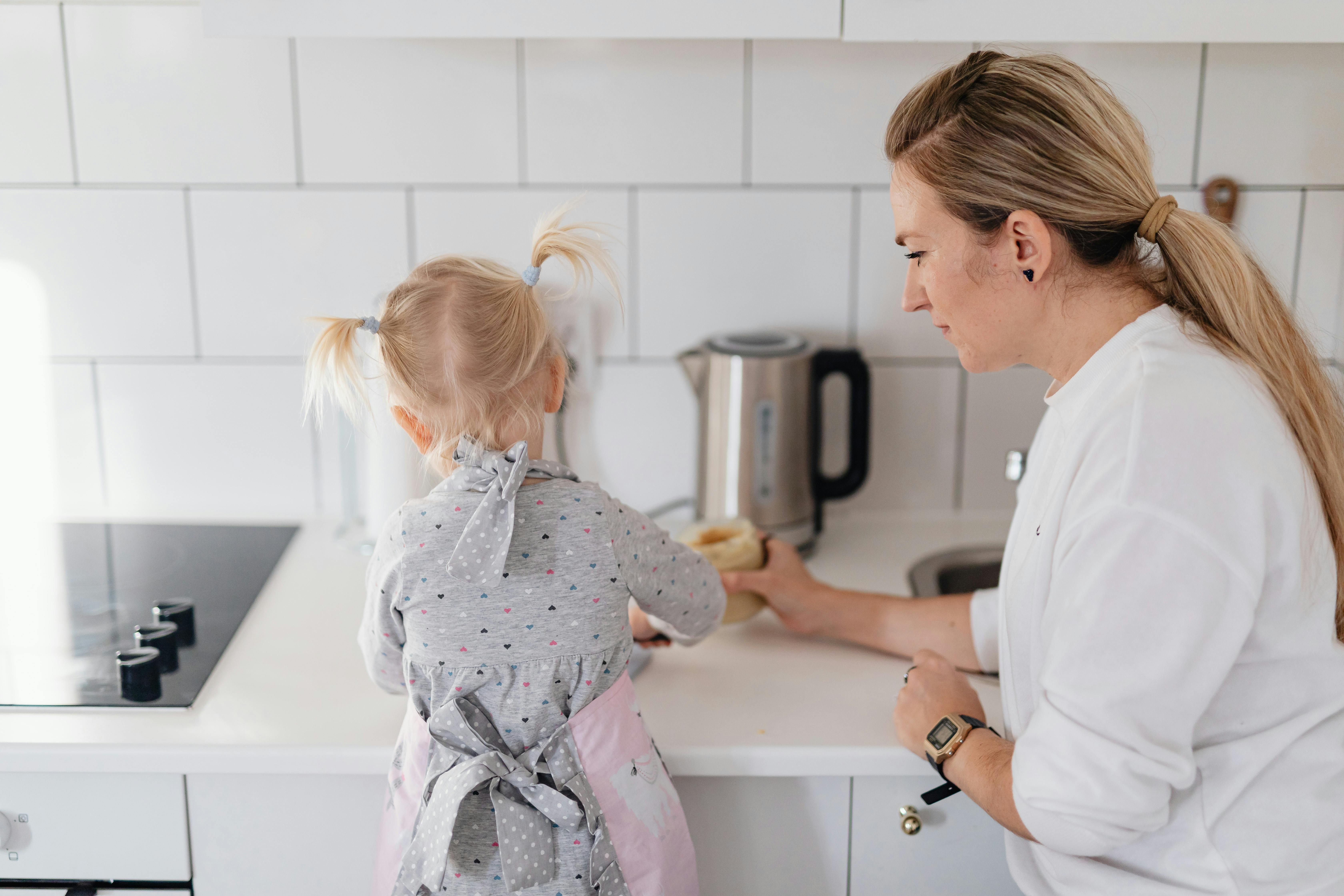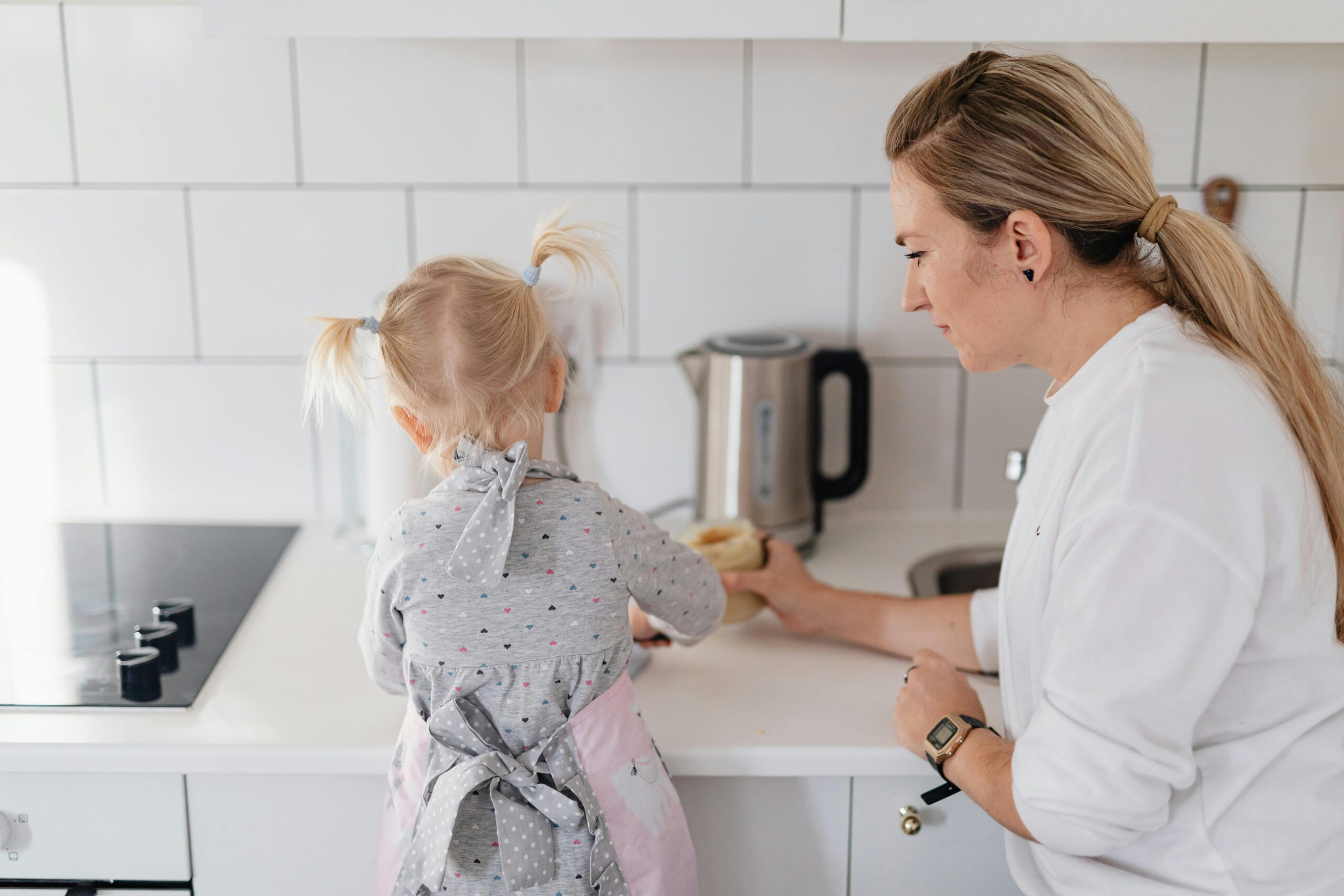Sweet Home Parents Guide for Safe and Healthy Living
Parenting at home is both a blessing and a responsibility. With children spending more time indoors, ensuring a sweet and secure home environment has never been more critical. In this sweet home parents guide, we’ll explore practical strategies to build a nurturing household where kids thrive physically, emotionally, and mentally.

Understanding the Fundamentals
At its core, a sweet home parents guide is about crafting a living space that promotes well-being, structure, and joy for the entire family. It’s more than furniture and toys — it’s the foundation of a child’s early learning and emotional safety.
Historically, the home has always been the first learning environment. Today, as hybrid work and learning models persist, the need for a supportive and well-managed household has grown exponentially. Parents play the role of guardians, teachers, and emotional anchors — often simultaneously.
1.1 Establishing Routines and Structure
Children flourish in structured environments. Consistent wake-up times, meal schedules, and learning sessions create predictability, which in turn reduces anxiety. A 2023 study by the National Parenting Institute found that children with daily routines are 40% more likely to develop time-management skills by age 10.
Examples include bedtime rituals like reading together or designated homework hours. A common myth is that routine stifles creativity — when in fact, it provides the safe boundaries within which creativity can bloom.
1.2 Emotional Availability and Safe Spaces
Emotional safety is as important as physical safety. While terms like “open communication” are often used, few realize how essential they are for emotional intelligence development. This principle sets the sweet home parents guide apart from general home advice.
Consider setting up a “feelings corner” with books, drawing tools, and calming sensory items. When children have spaces to process emotions, behavioral issues decrease significantly.
Practical Implementation Guide
Now that we’ve defined the key principles, let’s explore how to bring them to life. Implementing a sweet home parents guide doesn’t require a renovation — just intentional planning and follow-through.

2.1 Actionable Steps
- Create Zones: Designate areas for learning, relaxing, and play. This helps children mentally shift between activities.
- Utilize Tools: Use calendars, checklists, and chore charts to involve kids in household management.
- Set Weekly Goals: Include small family goals like trying a new recipe or organizing a toy shelf. Celebrate wins together!
2.2 Overcoming Challenges
Many parents encounter hurdles such as time constraints, clutter, or sibling rivalry. These are normal, and solvable with clear planning.
- Lack of Time: Use micro-routines like 10-minute cleanup sprints before bedtime.
- Resistance to Routine: Involve kids in schedule-making to foster ownership.
- Tech Overuse: Establish screen-free zones and hours.
Experts recommend checking in weekly with each child to reassess emotional and practical needs. Small adjustments can have lasting impacts.
Advanced Applications
For parents ready to go beyond the basics, this section offers advanced methods grounded in psychology and child development. These strategies enhance resilience, self-regulation, and deeper parent-child bonding.

3.1 Mindfulness and Emotional Coaching
Introducing mindfulness at home can teach kids how to manage stress and become more self-aware. Case studies have shown that families practicing daily gratitude journaling or guided breathing exercises report a 25% improvement in emotional regulation.
Use tools like emotion wheels, or apps that guide short meditations tailored for children. Consistency is key, not perfection.
3.2 Integrating Learning Through Play
Play-based learning doesn’t end in preschool. Use everyday moments — like cooking, gardening, or budgeting — to introduce math, science, and critical thinking.
Ensure materials are age-appropriate and align with school goals. You can also blend in cultural and language learning through storytelling and role-play.
Future Outlook
The future of parenting at home is deeply intertwined with technology, neuroscience, and emotional intelligence. Smart homes, virtual tutors, and AI-enhanced learning tools will be common by 2030.
Parents who stay flexible, informed, and emotionally available will be best positioned to help their children succeed. The sweet home parents guide will evolve, but its heart — love, presence, and structure — remains unchanged.
Conclusion
Three major takeaways: Structure fosters growth, emotional safety fuels resilience, and daily intention builds lifelong skills. The sweet home parents guide is a living framework, adaptable to any household size or culture.
Start today by observing one routine that could be improved. Make one space more intentional. This journey is ongoing, but each step adds value. You’ve got this.
Frequently Asked Questions
- Q: What is the sweet home parents guide? It’s a comprehensive approach to creating a safe, structured, and emotionally nurturing environment for children at home.
- Q: How can I get started? Begin with one small change — like setting up a bedtime routine — and gradually expand to other areas like learning zones or emotional check-ins.
- Q: How much time does this require daily? Initially, 30–45 minutes of setup. Daily upkeep can take as little as 15 minutes with consistency.
- Q: Will this cost a lot? Not at all. Most changes involve repurposing existing items and creating intentional habits rather than spending money.
- Q: How does this compare to traditional parenting? It’s more intentional and structure-based, with greater emphasis on emotional development and modern challenges.
- Q: Is it hard to implement? With patience and a willingness to adapt, it becomes second nature. Even busy parents can implement it gradually.
- Q: Can this apply to single parents or co-parents? Absolutely. The sweet home parents guide is versatile and supports any family structure with clear, flexible strategies.
